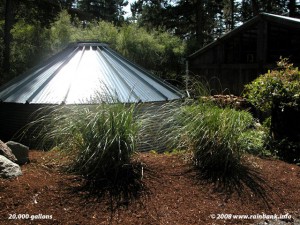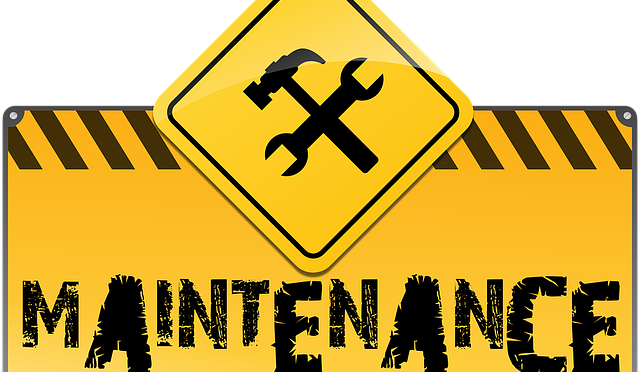 Do you know that by installing a rainwater collection system for toilet flushing and laundry facility, Seattle homeowners can save big bucks on their water and sewer bill? Considering the expected price increases over the next 5 – 10 years on these utilities, a return on investment is a reasonable expectation.
Do you know that by installing a rainwater collection system for toilet flushing and laundry facility, Seattle homeowners can save big bucks on their water and sewer bill? Considering the expected price increases over the next 5 – 10 years on these utilities, a return on investment is a reasonable expectation.
A study by the American Water Works Association to determine end use of water in 100 single family homes was conducted back in 1999. Even though the study is dated, it is a good indicator of average single family usage with regard to rainwater collection.
The study found that 27.7 % total household use of water is used in toilet flushing and 20.9% total household water use is by laundry facility. These uses can be improved by low usage fixtures such as dual flush toilets and front load washers, however, they do indicate an average of 48.6 % water consumption by these two fixtures.
New home construction in the Seattle area is required to mitigate roof runoff on impervious surfaces on site. Costs of infiltration can be expensive. A well-designed and installed rainwater catchment system uses this runoff water for domestic use rather than infiltration. By redirecting the costs of infiltration design and construction and considering the savings on water and sewer bills, the average Seattle home owner can see a significant cost savings as well as a return on investment.
With all of the news about aging water systems, poisoned and tainted public water, conservation and sustainability, isn’t it time to design and build your rainwater collection system?
This post was originally published under the title Can Average Seattle Homeowner Benefit From Rainwater Collection?





 Captured for drinking, laundry, toilet flushing, irrigation, fire suppression or wash down, since this post was first published in 2014, under the title
Captured for drinking, laundry, toilet flushing, irrigation, fire suppression or wash down, since this post was first published in 2014, under the title